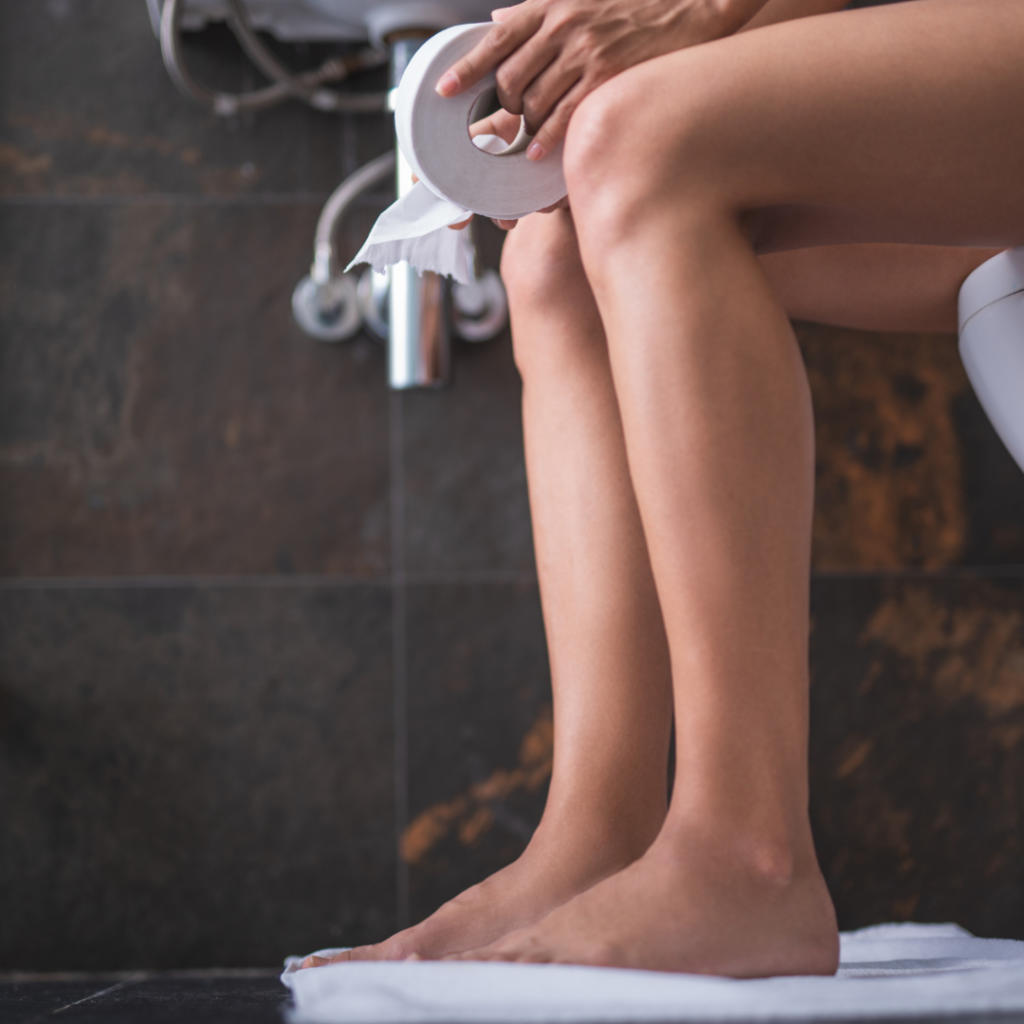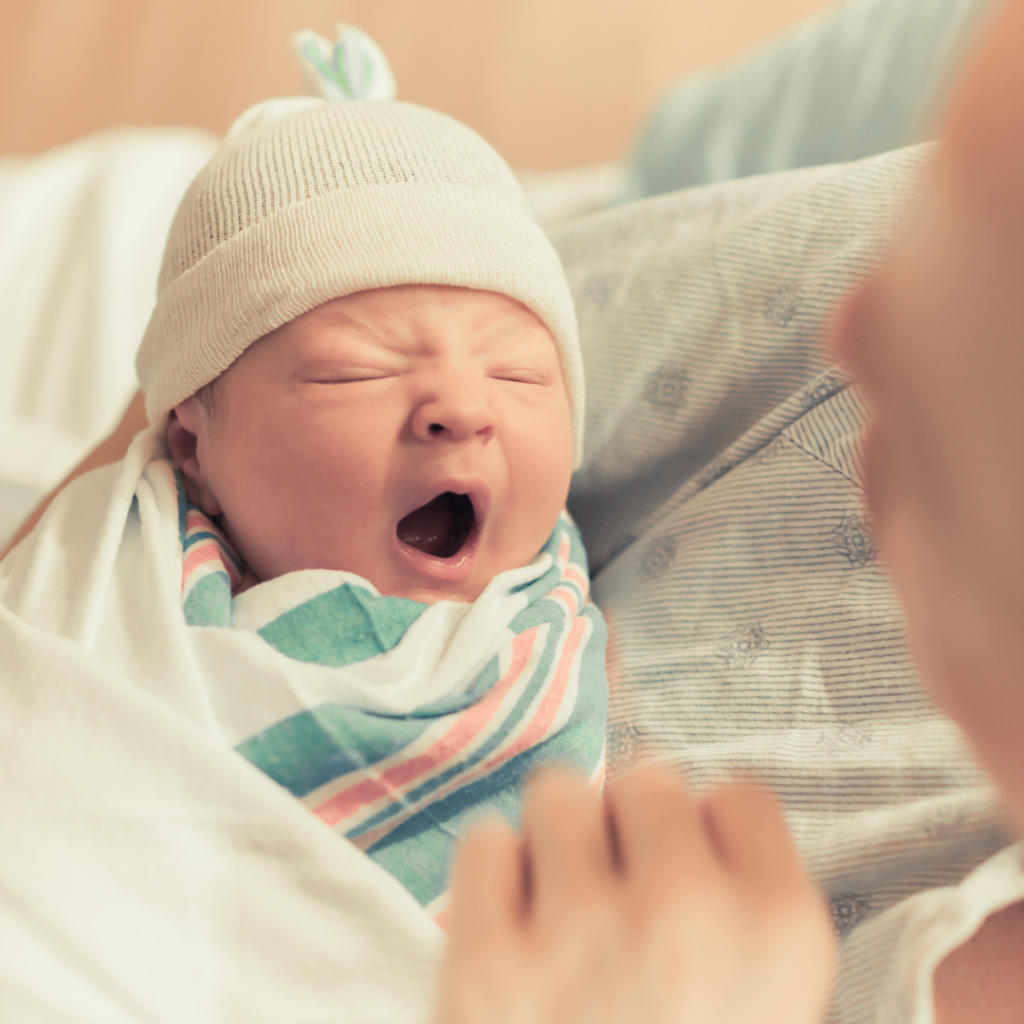Postpartum Recovery Care for your Episiotomy, Tear, or Bottom.
As a mother-baby nurse for over a decade, I have helped teach lots of new moms bottom care. From soreness to fourth degree tears and episiotomies, I have seen it all. So, when I had my first baby, I figured I was well prepared for what lied ahead.
Eek, well not as prepared as I thought. I had a second degree tear, and it was more uncomfortable than I expected. I had a fellow nurse check to make sure something hadn’t gotten infected because the pain was greater than I anticipated. Let’s peek at what to expect after a perineal repair.

What is an episiotomy?
An episiotomy is an incision (small cut) in the area between your vaginal opening and your anus (this area is called the perineum). The incision is done by a midwife or ob doctor to make a little extra room for your baby’s head to come through your vagina.
What is a tear?
A vaginal (or perineal) tear is when the skin between your vagina and anus tears when baby’s head pushes through the vagina.
Episiotomies and tears are measured in degrees: first, second, third, and fourth. First is the most shallow and fourth is the deepest. For those interested in the exact description of the degrees, click here.
Episiotomies vs Tears
It was once thought that an episiotomy would heal better and faster than a tear because it was a straight cut that was more controlled. Research now shows us that a tear will typically heal better than an episiotomy. Because of this, it has fallen out of a standard procedure for most doctors. Your doctor may still choose to perform an episiotomy (they would make sure you are numbed first) if it appears that a tear will cause further damage than an episiotomy would. I encourage you to discuss episiotomy standards of care with your doctor.
Hopefully, you won’t experience either, but if you do, the repair will be stitched under local anesthetic. If you have an epidural, you should not need local anesthetic, as you will already be numb.
Things to expect after a tear or episiotomy:
- You will not be able to sit straight down without discomfort for several weeks. I found something that helped so much with this (see below).
- Ice packs will be your best friend. Use one with every pad change for the first couple of days. You can ask your nurse in the hospital for a couple to take home with you. Keeping ice packs or pads in the fridge or freezer also helps so much.
- Use your perineal squirt bottle that your nurse will give you for at least the first week every time you use the restroom. You will be sore and the less you have to touch the area the better. This also will help prevent infection.
- Soreness and “heaviness” in your bottom when you have been on your feet for too long. Listen to your body and rest.
- You will need Ibuprofen for the first week to help with the pain. If you have a fourth degree repair, your doctor will probably send you home with pain medication to help for the first few days.
- No tub baths allowed for the first two weeks, but a sitz bath is okay up to twice a day. You should receive a sitz bath to take home with you in the hospital, and your nurse will show you how to use it.
- Even after the six week waiting period, you may experience discomfort with sex. It can take several months to fully heal from a repair.

Nurse Tip: I’m going to let you in on a secret that I recommend to all of my soon-to-be moms. Dermoplast! The kind with the blue lid, NOT the red lid. You can purchase it just about anywhere.

You will love me so much for this. It contains lidocaine which offers pain relief to a sore perineum. Rotate Dermoplast with an ice pack. Never use Dermoplast and an ice pack at the same time! If you ice a numb area, it can cause skin damage.
Not even going to lie, I looked forward to using the bathroom just because it was time for this stuff! It really did make that much of a difference.
And now that I am not postpartum anymore, (all healed, thank the Lord!!) I still keep a can of this stuff around. It is great for burns or ant bites. It provides instant relief for my kiddos whenever they get stung or scraped up.
So as a mom or a nurse, I recommend this stuff! Not a sponsor, but I definitely could be as much as I appreciate it!
Hemorrhoid Help
There is a good chance you will have hemorrhoids after pushing your baby out. Hemorrhoids are enlarged veins in the anus. They will be sore for a few days, and you may notice them come and go when having bowel movements over the first few weeks. Ask your nurse for hemorrhoid cream in the hospital or birthing center and take this home with you. Also have over-the-counter cream on hand just in case you run out of the prescription. Here is everything you need to know about the first poop after birth.

Nurse Tip for sitting on your bottom:
Between a second degree tear and hemorrhoids, I couldn’t sit straight down for a couple of months. I didn’t ever get the hang of a Boppy pillow as a convenience for nursing, but I found that it was WONDERFUL to sit on. No more having to sit awkwardly on one butt cheek for comfort. Use your nursing pillow to make a comfortable way of sitting while healing your perineum.
Now that your bottom is being taken care of, get some tips for dealing with engorgement while breastfeeding!
Post may contain affiliate links
